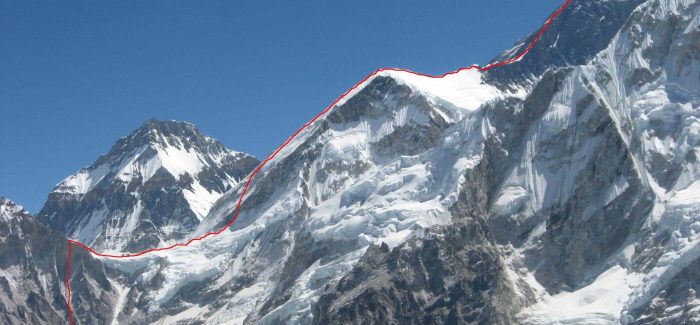Everest 1979 – 2019; 40th anniversary of first slovenian summit of Mount Everest
The aim of the expedition was to climb the West Ridge, first time in history. An expedition that worked in the spirit of a time when collective consciousness ruled to achieve a goal would not work as it did if it were not logistically and organizationally well managed. From Khumbu Glacier at 5350 m, where the base camp was located, rises 700m high rock wall of the Lho La saddle, followed by a 1200-meter-high slope of the Western Shoulder, continuing into a 2500-meter long, laid but sharp and windy ridge, at the end of which is the beginning of the steep and vibrant peak of the Everest Pyramid. Because the wall of the Lho-La saddle was overhanging in the upper part, cargo could not be carried on the back, so Stefan Marenče constructed a manual ropeway at home, with the help of which more than 5 tonnes of equipment was used for the altitude supply of the camps.
The first connection to the summit was Marjan Manfreda-Marjon and Viki Grošelj. At an altitude of 8250 m, Manfred climbed a heavy stretch with only thin gloves on his hands and fastened the rope – Marjon’s step; this greatly facilitated the passage to the top by the rest. Due to problems with the oxygen bottles and because of the frost, they both had to go down.
The goal of the expedition was reached on 13 May 1979 at 13.51, when Andrej Štremfelj and Nejc Zaplotnik stood as the first Slovenes on the roof of the world. “We sit by the Chinese pyramid and we don’t know what to do!” (Nejc Zaplotnik)
On May 15, 1979 at 2.30pm, Stane Belak-Schrauf, Croat Stipe Bozic and Sherpa Ang Phu also reached the summit. Ang Phu accidentally slipped 2000 meters deep onto the Chinese side when descending.


